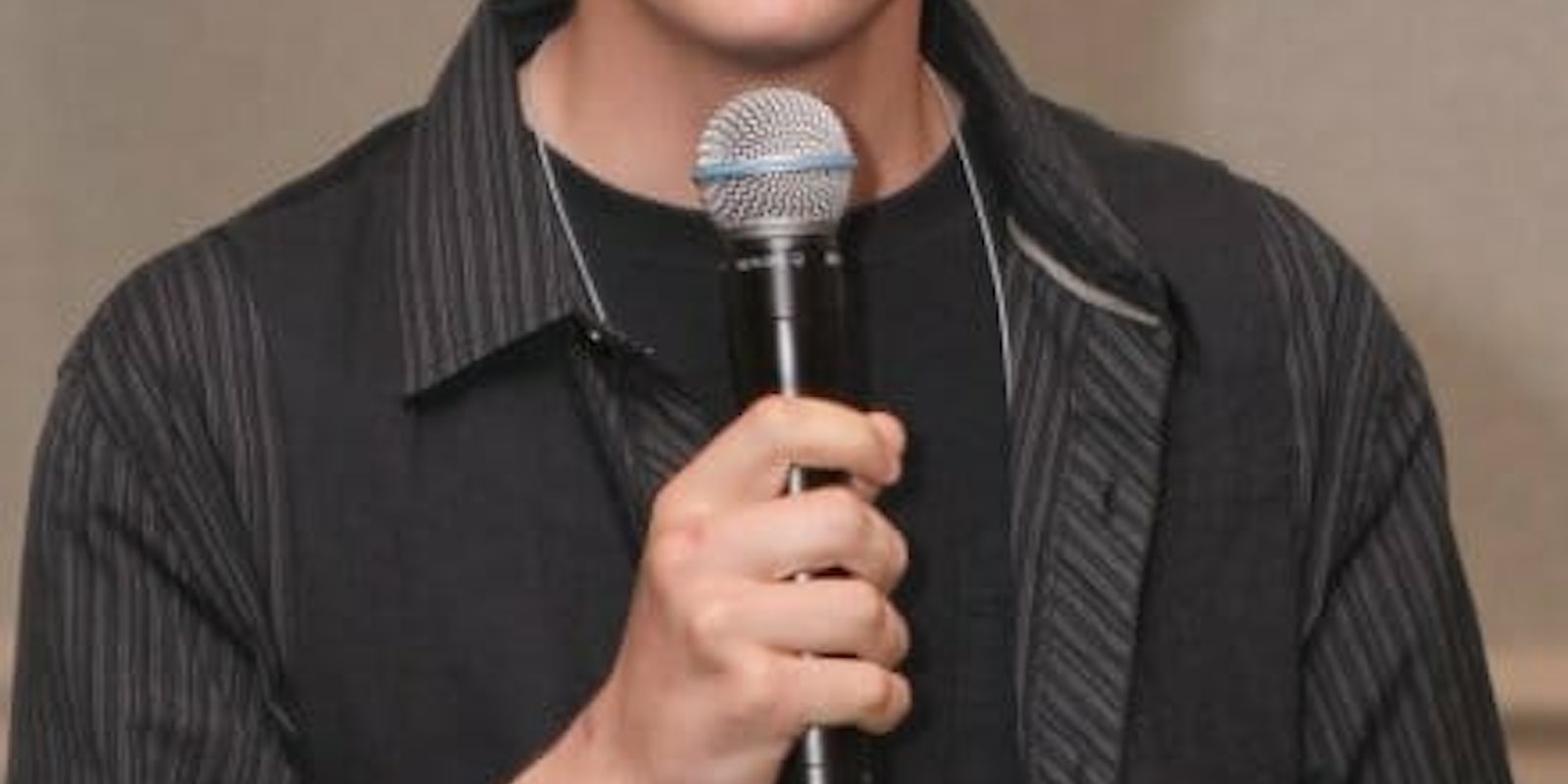The homework assignment seemed simple enough: read a few articles from the New York Times. But Brandon Keith Biggs was having a rough time.
Biggs, a 19-year-old from Mountain View, Calif., has been blind since birth. Instead of using a screen to view Web pages, he uses a screen reader to tell him what’s appearing on his PC. But the screeenreader he uses, JAWS, only recites the first four lines of the New York Times before moving on to advertisements and comments.
“For a long time I thought the first four lines were the whole article,” Biggs said. He had no idea what he was missing until his teacher told him that there was more to the article, but that he’d have to scroll further down the page.
“It’s a very odd site to navigate,” said Biggs.
Even though the World Wide Web Consortium developed standard guidelines 12 years ago, the Web is still a frontier of inaccessibility for people with disabilities.
And while the National Federation of the Blind won a lawsuit against Target, which in 2006 had a website only sighted people could use, that’s no guarantee that Biggs will be able to navigate every site he attempts to visit.
Biggs said he is online “pretty much 24-7.” He uses Facebook mobile to connect with friends. An aspiring opera singer, he uses YouTube to listen to the pros. To memorize his lines for opera roles, he goes to the Googles lyric sites and uses his screen reader to read the words back in English, Italian, or German, depending on the language of the song. He also subscribes to a mailing list called YAP Tracker to find auditions near him.
The screen reader works well for many tasks. The program translates the HTML on the page into headlines, text, and image descriptions. For example, when Biggs uses Google, the screenreader lets him jump from result title to result title without having to read any descriptions except the ones he chooses.
How the Daily Dot looks to a blind person from Lauren Orsini on Vimeo.
When Biggs goes to a large but accessible site like Amazon, he often spends less time on it than a sighted person. While it take several clicks to navigate visually, he simply uses five keyboard shortcuts to select and purchase a CD.
And then there are the places where it doesn’t work—if, for instance, the HTML doesn’t follow the W3C guidelines. That’s the case with his mailing list. The screen reader reads the entire page as one long sentence. To him, images might come out as garbled letters and underscores, looking like “a long game of hangman I’d rather not play.”
“I wrote to them and asked them to make the list more accessible, and they never did it,” he said. “But I don’t mind because I like reading through every little detail.”
Jenny Axler, a tech support specialist in Austin, Texas, is not so patient. A busy professional who gets 100 emails every day, Axler doesn’t have time to deal with tedious mailing lists or difficult-to-navigate sites. Like Biggs, she has been blind since birth and is online “almost all the time.”
Her shortcut? Apps and mobile sites. Even when she’s not on the iPhone or iPad, she sets her MacBook to access these smaller, streamlined sites.
“To be honest with you—and this is the case for most blind people—we prefer to use the mobile sites whenever we can,” she said. “Screen readers can really only see one thing at a time. We want what we’re looking for and don’t want any more than that.”
For example, Axler loves to tweet, but she doesn’t need her screen reader to read through Twitter’s top trends every time she wants to write an update. In fact, she’s never sent a tweet from the main page.
“It takes a long time for us to really wade through all that stuff that probably looks really cool to you guys visually,” she said.
Axler does tech support for Human Information Management System, HIMS, a manufacturer of personal digital assistants (PDAs) for blind people. Proficient with four types of screen reader software for Mac and PC as well as smart phones, she would not describe herself as “a typical user.”
She became a “geek,” as she puts it, due to accessibility issues while she was working as a transcriptionist. She began researching her problems online.
“I had used screen readers before but I hadn’t really gotten into the troubleshooting aspect. I talked to the manufacturers about documentation, and they asked me if I’d like to do audio tutorials for them,” she said. “Eventually I started filling in on tech support.”
Now, Axler assists hundreds of blind people who need help with their screen readers, computers, smart phones, and website navigation. There are some problems even she can’t assist with. Visual and audio CAPTCHA codes, for example, are notoriously difficult for blind people to use.
“Some people you talk to have a lot to say about what isn’t accessible,” she said. “But I’ve seen technology bring so much to me that I tend not to complain about what I can’t do because I’m really blown away by what I can.”
Photo courtest of Brandon Keith Biggs
